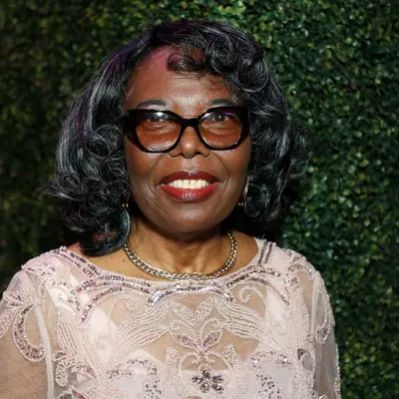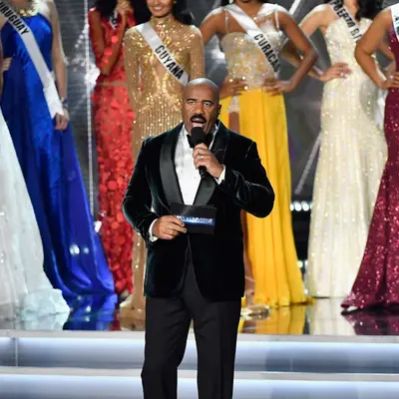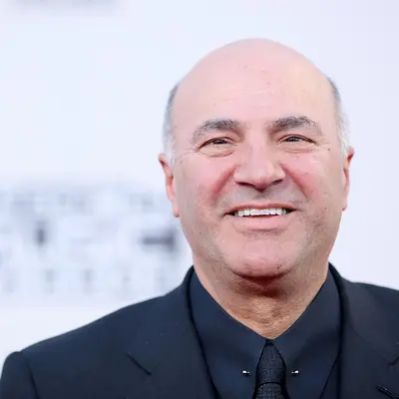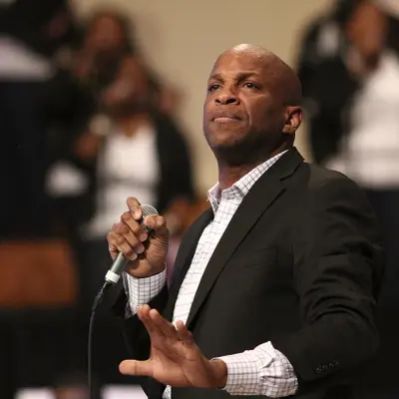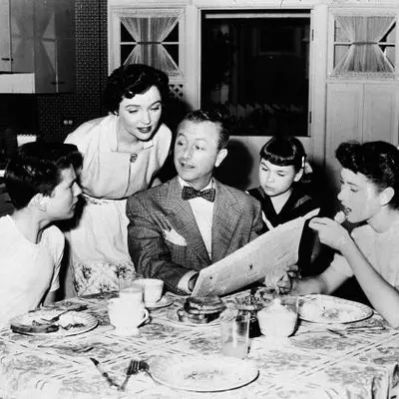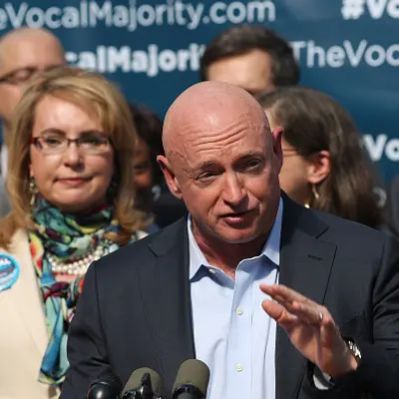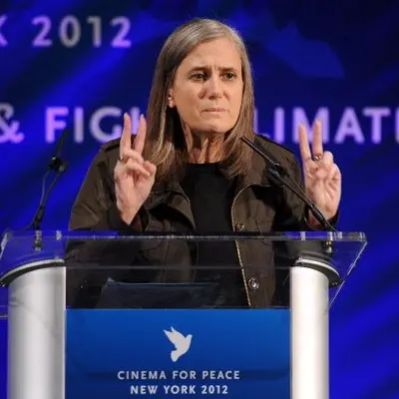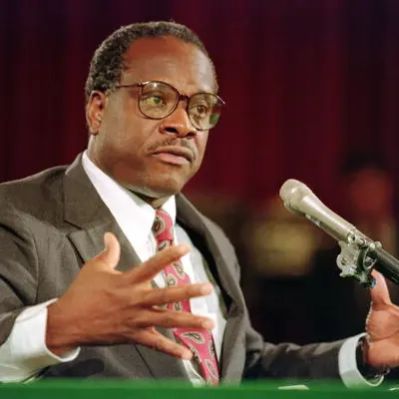What Is Gerry Spence’s Net Worth?
Gerry Spence, a notable figure in American legal history, has accumulated a substantial net worth of $20 million. This wealth is primarily a result of his decades-long career as a trial lawyer, author, and lecturer. Spence’s financial success is closely tied to his reputation for winning high-profile cases and advocating for the “poor and forgotten” against large corporations and government entities.
Sources of Gerry Spence’s Net Worth
Spence’s $20 million net worth can be attributed to multiple revenue streams accumulated over his long and successful career. As a trial lawyer, Spence earned significant income from legal fees, particularly from high-profile cases. One such case was the Karen Silkwood case, in which Spence represented Silkwood’s family, winning a $10.5 million settlement against Kerr-McGee. Another notable case involved a $52 million verdict against McDonald’s on behalf of a small ice cream factory. These and other successful cases contributed significantly to his wealth.
In addition to his legal practice, Spence has generated income through his work as an author and lecturer. He has written more than a dozen law-related books, some of which have likely generated royalties and sales revenue. Spence has also lectured at major universities and conducted seminars at legal organizations, activities for which he likely received compensation.
Furthermore, Spence founded the “Trial Lawyers College,” a non-profit organization that trains lawyers and judges to defend the “poor and forgotten.” While the college is a non-profit, Spence’s involvement may have indirectly enhanced his reputation and generated additional income through speaking engagements or consulting opportunities.
Career Milestones and High-Profile Cases
Gerry Spence’s career is marked by several milestones and high-profile cases that have contributed to his net worth and reputation. After graduating from the University of Wyoming Law School in 1952, Spence began his career as a defense attorney, primarily representing insurance companies. However, he later shifted his focus to representing individuals against corporations and the government.
The Karen Silkwood case in the 1970s was a turning point in Spence’s career, attracting international attention and establishing him as a champion for the underdog. Spence’s representation of the Silkwood family and their victory against Kerr-McGee cemented his reputation as a formidable trial lawyer.
Another significant case was the $52 million verdict against McDonald’s on behalf of a small ice cream factory. This case, along with others in which Spence represented individuals against powerful corporations, further solidified his image as a lawyer who fights for the “poor and forgotten.”
Spence’s last case was the Fieger acquittal in 2008, after which he decided to retire before turning 80. This retirement marked the end of a long and successful career, during which Spence had established himself as one of the most prominent trial lawyers in the United States. His career is not defined by specific early investments, real estate holdings, or luxury assets available in public records, his financial success appears to be primarily derived from his legal practice and related ventures. His financial success also is not defined by specific endorsement deals or brand ambassadorships in any publicly available records.
 Net Worth Ranker
Net Worth Ranker














